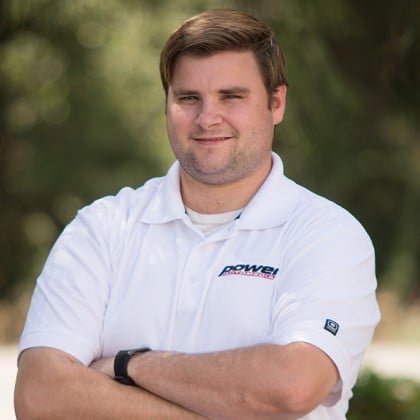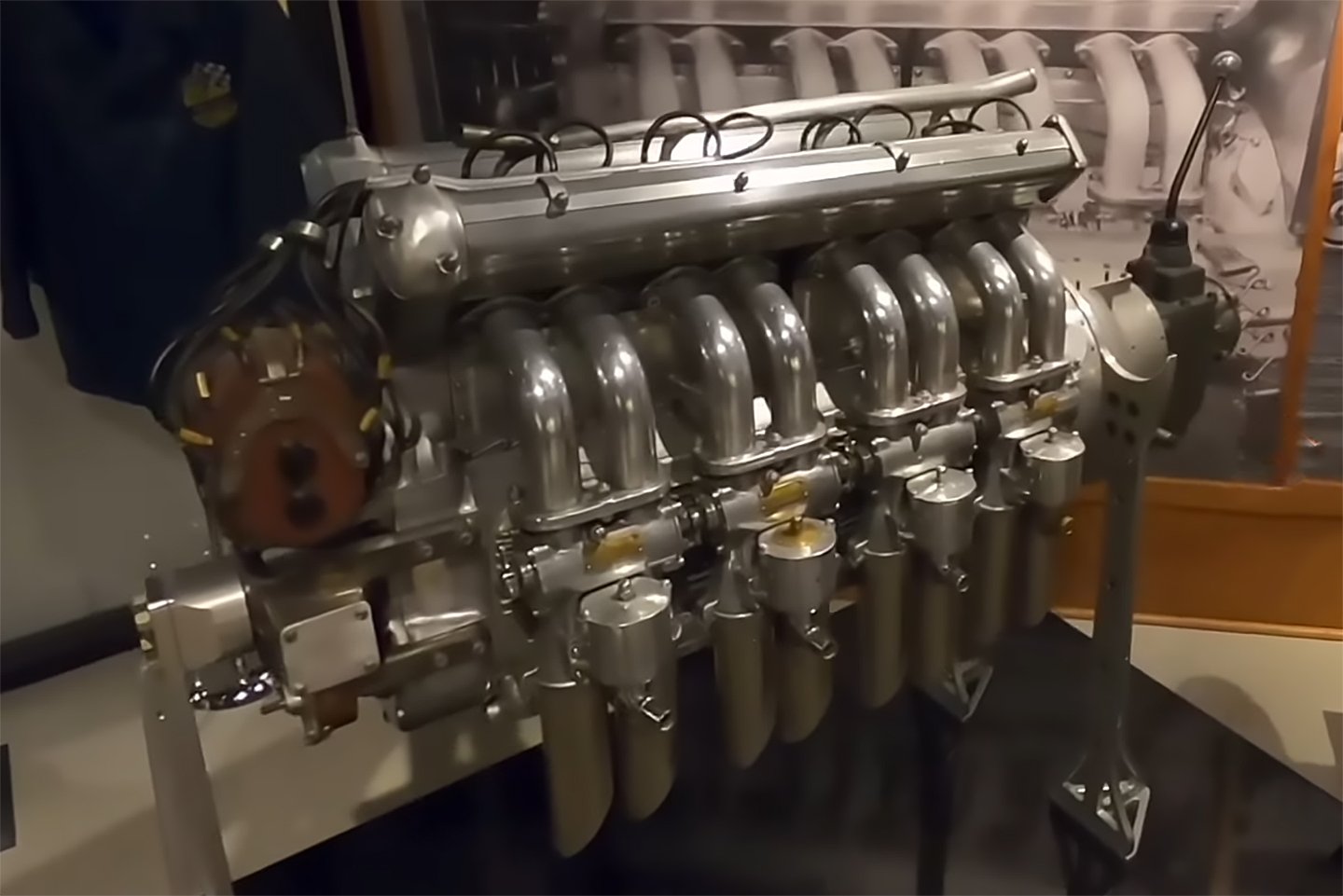Any engine, no matter its fuel, is nothing short of a scientific miracle when you really think about it. Precisely crafted with tight tolerances, each piece must do its part to keep the motor running, all while keeping factors like temperature, speed, pressure, and friction in mind.

Maurice Houdaille, inventor of the rotary shock absorber. He would go on to hire Bernard O’Connor, who would invent the torsional viscous damper while under Houdaille’s employ.
And it was thanks to inventors like Maurice Houdaille and Bernard O’Connor who, among other innovative ideas for automobiles, brought along the advent of the torsional viscous damper in 1947. As the 70th anniversary of the device’s patent filing looms, Fluidampr‘s Brian LeBarron spoke with us to share a better understanding of the viscous damper, its history and importance, and where it is headed.
Diesel Army: Who was Maurice Houdaille?
Brian LeBarron: “Maurice Houdaille was a French inventor. He came up with the double-action rotary shock absorber that bears his name, and founded Houde Engineering in 1919, which later became Houdaille Industries and made linear shock absorbers. Houdaille’s assistant chief engineer at Houde Engineering, Bernard O’Connor, was the one who actually invented the viscous damper.”
Pictures of the presentation to the Society of Automotive Engineers about the torsional viscous damper.
DA: What was important about the torsional viscous damper?
LeBarron: “From the mid-1940s, there was a need to increase the life of diesel engines. The torsional viscous damper came about to compete with common elastomer-style dampers, which used rubber as a damper material. Rubber was okay, but it tended to break down and dissipate too quickly.
O’Connor’s idea was to use a special silicone-based fluid, which was innovative since silicone had hardly ever been used in industrial products up to that point. It was pumped in between big outer housing and the flywheel on the inside. Silicone worked far better and was able to tolerate a much higher temperature range than rubber, so it was obviously a big improvement. The end result was that crankshafts would last considerably longer.”
DA: What happened after it was introduced?
LeBarron: “It became the industry standard to use O’Connor’s viscous damper. In later years, professional engine builders ran into the same problem that diesel owners had lived through during the ’40s; they asked for the technology now in commercial applications (made by Vibratech, the spinoff of Houdaille Industries) to transfer over and have work in wider RPM ranges. From this, Fluidampr was born.”
 DA: How are modern diesel trucks related to this topic?
DA: How are modern diesel trucks related to this topic?
LeBarron: “When performance diesel started taking off in the early 2000s, it quickly became obvious that Fluidampr’s balancers were necessary upgrades. We worked in conjunction with the performance diesel pioneers like Scheid and Haisleys (we still do today) to make our products work. In the mid-2000s, we were able to launch the Performance Diesel line, and before we knew it, the OEMs were following our lead. For example, Ram made the 6.7-liter Cummins with a viscous damper already installed. These days, we sell more dampers for 5.9-liter Cummins than we do for first-generation Chevy small-block V8s.”
DA: What the current status of viscous dampers nowadays?
LeBarron: “Things have really changed in the past 10 years. There’s been a huge investment in manufacturing quality and doing CNC machining. Tolerances are very important, as is machining to get the products to perform correctly. Everything is state-of-the-art, computer-balanced, and with tighter specifications than OEM. Advances in silicone and non-metallic bearings have greatly improved quality and longevity in dampers. Commercial applications can now run at least half a million miles before they wear out. As we get more computerized control, everything improves.”
As technology ramps up, so does the manufacturing process. CNC machining and laser cutting have allowed for precise fitments like never before.
Technology and innovation feed each other, and with able hands and minds at the helm, who knows what will be coming around the corner for engine longevity. Find out more about Fluidampr on its website and Facebook page.























